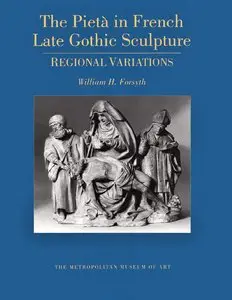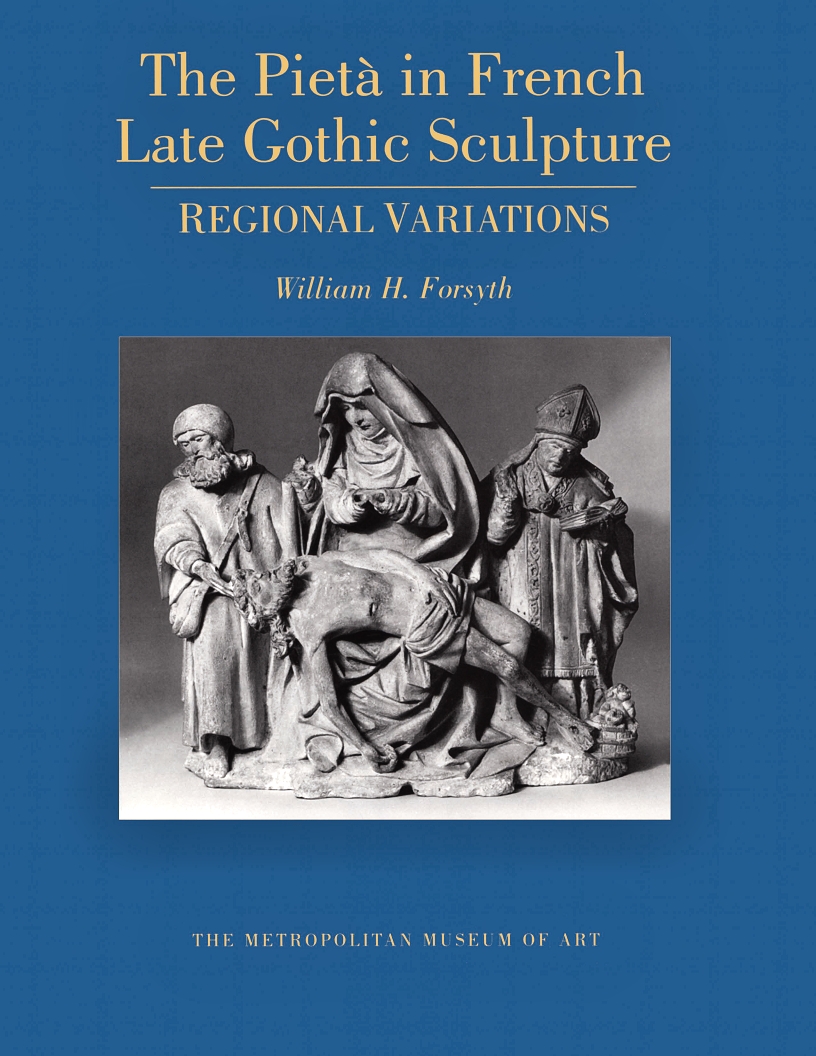The Pieta in France: A Regional Study of Fifteenth- And Sixteenth-Century Sculpture by William H. Forsyth
English | 1995 | ISBN: 0870996819 | 219 Pages | PDF | 52 MB
English | 1995 | ISBN: 0870996819 | 219 Pages | PDF | 52 MB
Pietà—"pity" in Italian from the Latin word for "piety"—has come to signify images of the Virgin Mary grieving over the dead body of Christ, an image that was accorded an exalted place in the piety of the Late Gothic period. During that troubled time, the Pietà was, as the author tells us, "like a talisman in a storm," a compelling and uplifting symbol. The impassioned devotion that grew up around the Pietà inspired the wealth of depictions surveyed in this book, which traces the rise, spread, and significance of the image in French sculpture of the fifteenth and sixteenth centuries. The 167 Pietàs illustrated here reveal a diversity that will surprise those for whom Michelangelo's Pietà has become an overpowering icon. Most intriguing are the inventive portrayals of the Virgin's emotional state; often she is viewed as caught up in the horror of the moment, but she is also shown praying or even gazing into the distance, as if contemplating comforting memories or the reunion to come. Her demeanor ranges from youthful innocence—the Purity that Time cannot age—to careworn maturity—Our Lady of Sorrows. There are further variations caused by regional differences in style, facial features, and clothing.



